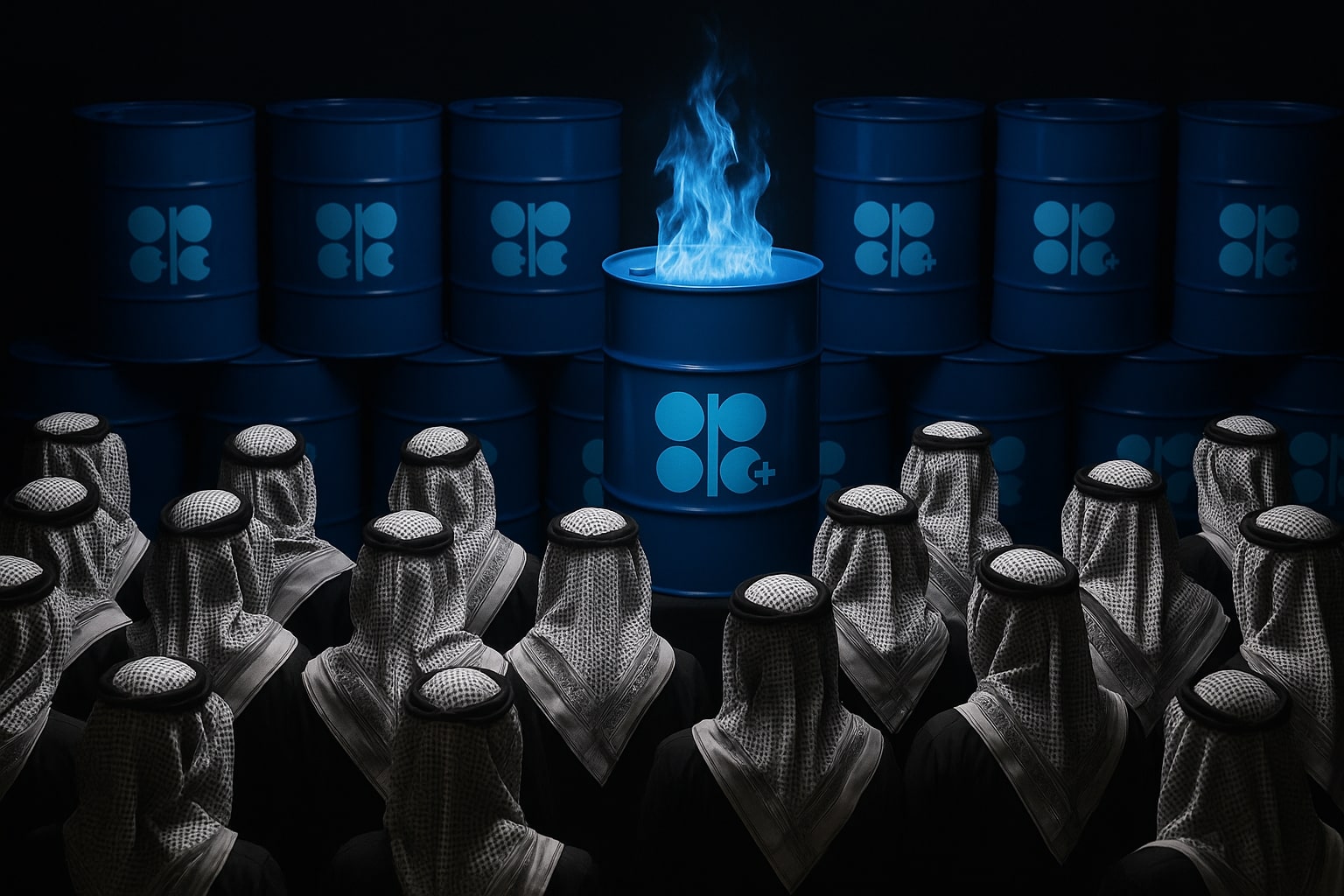WTI Crude Oil Price Outlook: Testing Key Levels Amid Supply and Geopolitical Concerns
WTI Crude Oil has been navigating a turbulent phase, showing resilience yet facing consistent hurdles in its path. As of now, WTI is trading at $61.40, up 0.33% on the day, reflecting a minor uptick in the broader market context. Despite a recent surge pushing it near the $64 mark earlier this week, the price quickly reversed, hinting at a lack of strong upward momentum. This fluctuation underscores the delicate balance between demand expectations, geopolitical uncertainties, and inventory dynamics shaping oil prices in the short term.
Oil Inventory Builds and Geopolitical Risks
A significant factor influencing WTI Crude Oil prices has been the latest U.S. crude inventory data. The Energy Information Administration (EIA) reported an unexpected build of 1.3 million barrels in the week ending May 16, bringing total inventories to 443.2 million barrels. This increase came as crude imports surged, reaching a six-week high, while gasoline and distillate demand showed signs of slowing. These figures have prompted concerns about demand weakness, especially as the market has been trying to balance global supply uncertainties with anticipated seasonal demand spikes. The rising stockpile might suggest that the market is facing oversupply, at least in the short term, which has contributed to WTI’s struggle to maintain higher price levels.
However, some investors are holding onto optimism, anticipating that the beginning of the U.S. summer driving season will begin drawing down these inventories. The Memorial Day weekend marks the unofficial start of summer in the U.S., and with it, the expected increase in driving activity typically leads to higher fuel consumption, providing some bullish pressure on prices. Nevertheless, WTI Crude’s inability to break past $64 consistently raises questions about the strength of the recovery in the medium term.
Geopolitical Dynamics Adding Pressure
On the geopolitical front, the ongoing U.S.-Iran nuclear talks continue to loom large over the market. While the fifth round of talks was scheduled for May 23, the uncertainty surrounding the situation has kept investors on edge. Iran remains a critical player in the global oil market, ranking as the third-largest producer within OPEC. Any escalation in tensions, such as potential Israeli military actions against Iranian nuclear facilities, could disrupt oil flows from the region, adding a layer of risk to an already volatile market. These geopolitical uncertainties are compounded by the broader trade tensions between the U.S. and Iran, which have sparked concerns about future sanctions on Iranian crude exports.
These geopolitical factors have contributed to the fluctuating price action seen in WTI Crude, especially as investors continue to weigh the potential impact of these developments on global oil supply. While some analysts remain hopeful that the geopolitical risks may drive a price surge, the general sentiment remains cautious as the market absorbs a steady stream of news about U.S.-Iran relations.
WTI Price Technicals: Key Support and Resistance Levels
Technically, WTI Crude Oil continues to find itself in a defined range, with the price trading between key levels. The $60–$64 range has become crucial for traders, with the commodity struggling to break above resistance at $64.00, which is proving to be a psychological and technical barrier. The spike earlier this week, which touched near $64, quickly reversed as selling pressure intensified at this level. This suggests that the upside momentum for WTI Crude may be limited unless there is a substantial change in market dynamics, such as a sudden spike in demand or a major geopolitical event that disrupts supply.
On the downside, WTI Crude has strong support around the $60 level. If the price dips below this threshold, it could signal further weakness and a potential pullback toward the $58.50 to $59.00 range. Should the price continue to test these lower boundaries, it may indicate that the market is still absorbing excess supply, and the price could remain range-bound for the foreseeable future.
For traders, the current price action suggests that WTI Crude is positioned within a speculative range of $58.50 to $63.10. The upcoming weeks will be critical in determining whether the market can sustain its current price levels or whether a deeper pullback will occur. The market sentiment, combined with the technical resistance at $64 and the support near $60, suggests that WTI Crude is likely to remain in this range, with a potential breakout above $64 only achievable if demand fundamentals improve significantly.
Long-Term Oil Price Trends: A Stagnant Outlook for WTI Crude
Looking further ahead, WTI Crude’s path to sustained bullishness faces several hurdles. The U.S. administration's proactive stance on energy production, including its policy to support domestic drilling, has led to increased expectations of stable supply. This, in turn, weighs on the possibility of substantial price increases, particularly as supply seems adequate to meet short-term demand expectations. Despite the short-term spike in prices around $64, the broader outlook remains capped as resistance has proven durable at these levels.
Moreover, the strengthening of the U.S. dollar amid global uncertainties may put additional pressure on oil prices. A stronger dollar makes oil more expensive for foreign buyers, which could dampen demand, especially in emerging markets where currency fluctuations are more pronounced. This factor could lead to continued price weakness for WTI Crude, particularly if global growth slows or if geopolitical tensions lead to broader economic instability.
Speculative Range and Investment Considerations
Given the current market dynamics and the technical outlook, WTI Crude is expected to continue trading within its current range for the foreseeable future. The price has shown limited upside beyond the $64 mark and has maintained support around the $60 level. However, significant developments, such as a sharp drop in inventories or a geopolitical shock, could push prices beyond the current range, with $70 as a possible target. Conversely, a breakdown below $60 could lead to further downside pressure, potentially testing levels as low as $55.
Investors looking at WTI Crude need to stay focused on the evolving supply and demand fundamentals. While the summer driving season could provide some support, the broader market outlook remains uncertain, and traders should be prepared for continued volatility. As always, careful monitoring of inventory reports, geopolitical events, and any changes in U.S. energy policy will be key in determining the next move for WTI Crude Oil prices.
In summary, WTI Crude remains trapped within a range defined by $60 on the downside and $64 on the upside. Given the current market sentiment, the most likely scenario is that WTI will continue to trade within this range in the near term. Traders should prepare for potential volatility around these levels, with a breakout above $64 signaling further upside, and a drop below $60 indicating the possibility of more downside in the coming weeks.




















